Claude Cahun

Claude Cahun, also known as Lucy Renee Mathilde Schwob, was a French genderfluid surrealist photographer, sculptor, and writer. Cahun was well known for her androgynous appearance, which challenged the strict gender roles of her time.
Cahun was also well known for her surreal self-portrait photographs which show her dressed as different characters. She questioned the accepted status-quo, particularly the position of women, through her art and in the way she lived her life.
She began making photographic self-portraits as early as 1912 and continued taking images of herself throughout the 1930s. She experimented with gender presentation and the role of the viewer to a greater degree.
She often used the double exposure technique which is a technique that layers two different exposures on a single image, combining two photographs into one. This technique is seen being used in the photograph below.
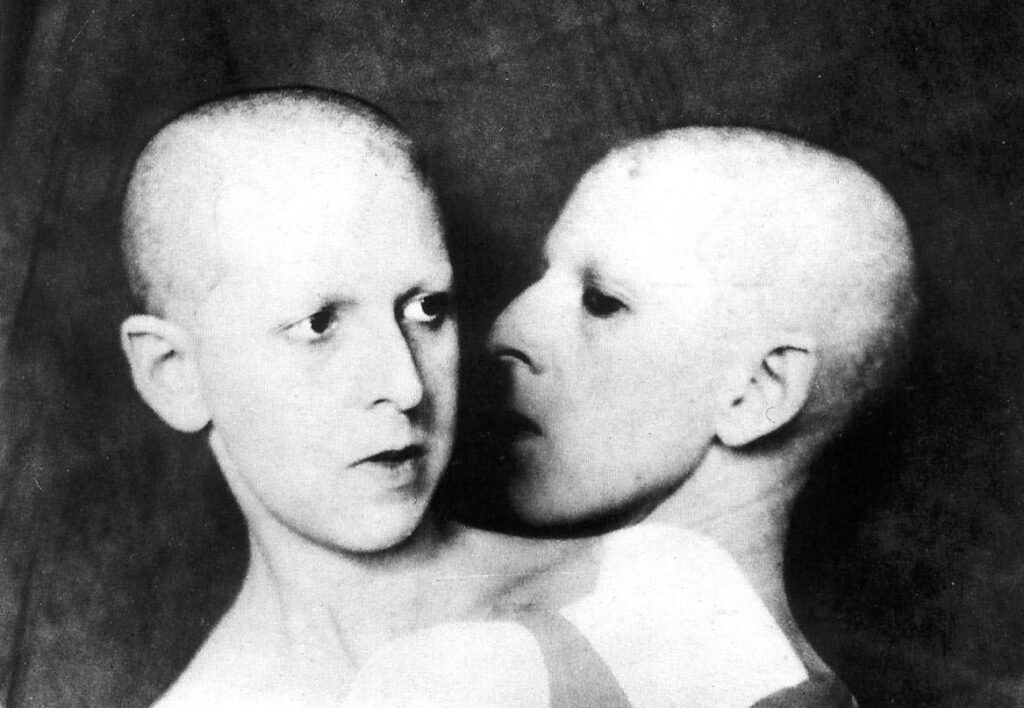
Some examples of Cahun’s work:





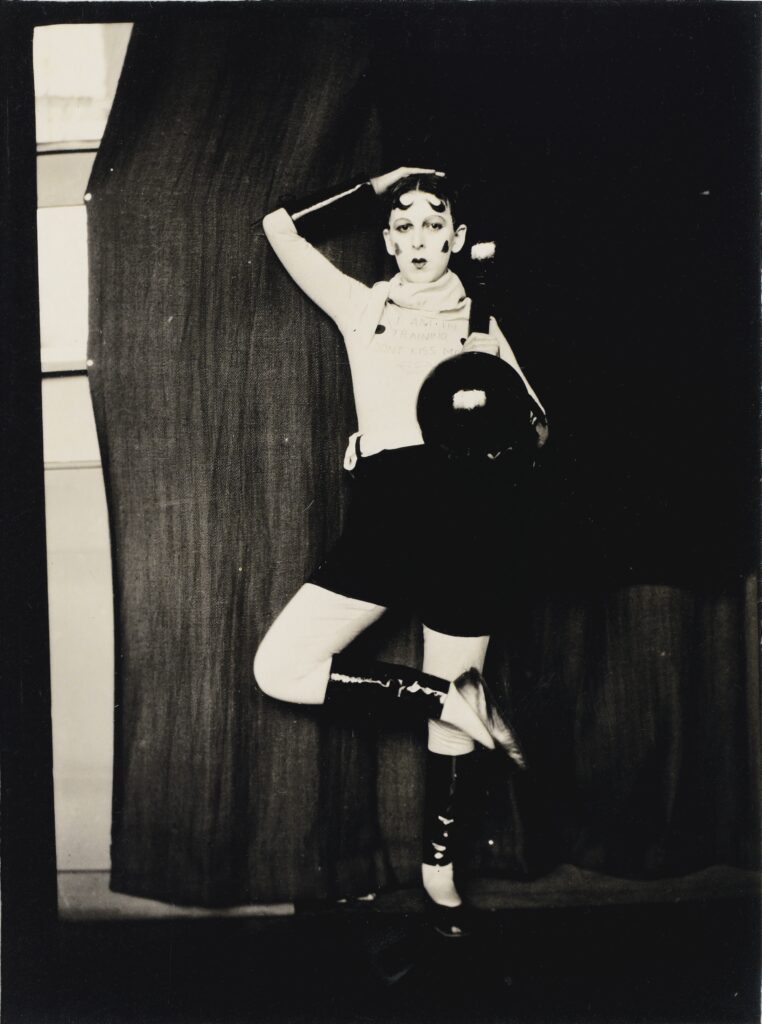
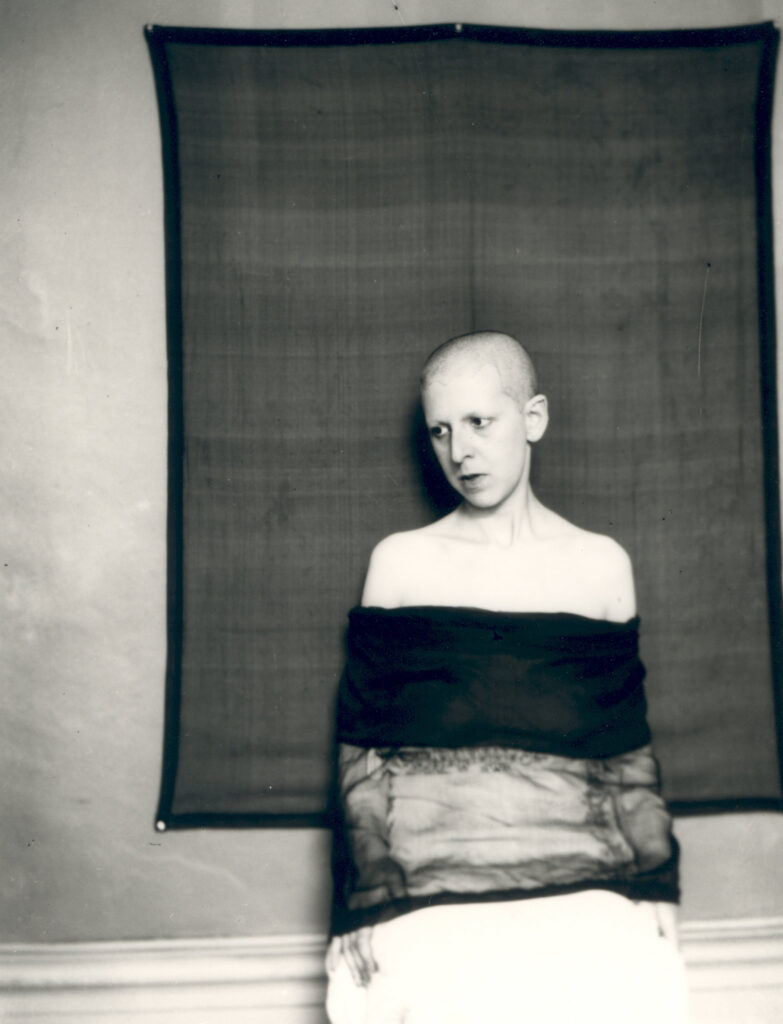
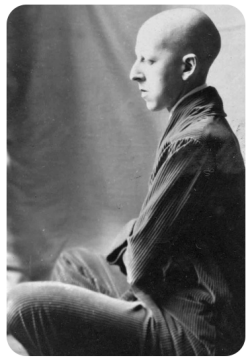
I have chosen to analyse this self portrait because I find it quite interesting, the pose Cahun has chosen makes her look feminine however her leg positioning makes her look dominant and somewhat powerful. In the background we can some sort of black board which makes a portion of Cahun’s body stand out and allows us to pay more attention to the details of her outfit and face.
The image is quite over exposed which has caused the details of her face and body to be almost invisible, I believe she had used a slow shutter speed and a tungsten light. I think the meaning behind this image is that Cahun was attempting to experiment with gender with her androgynous face and appear to look more feminine however I think she tried to add elements of masculinity within her leg positions and quite flat chest.
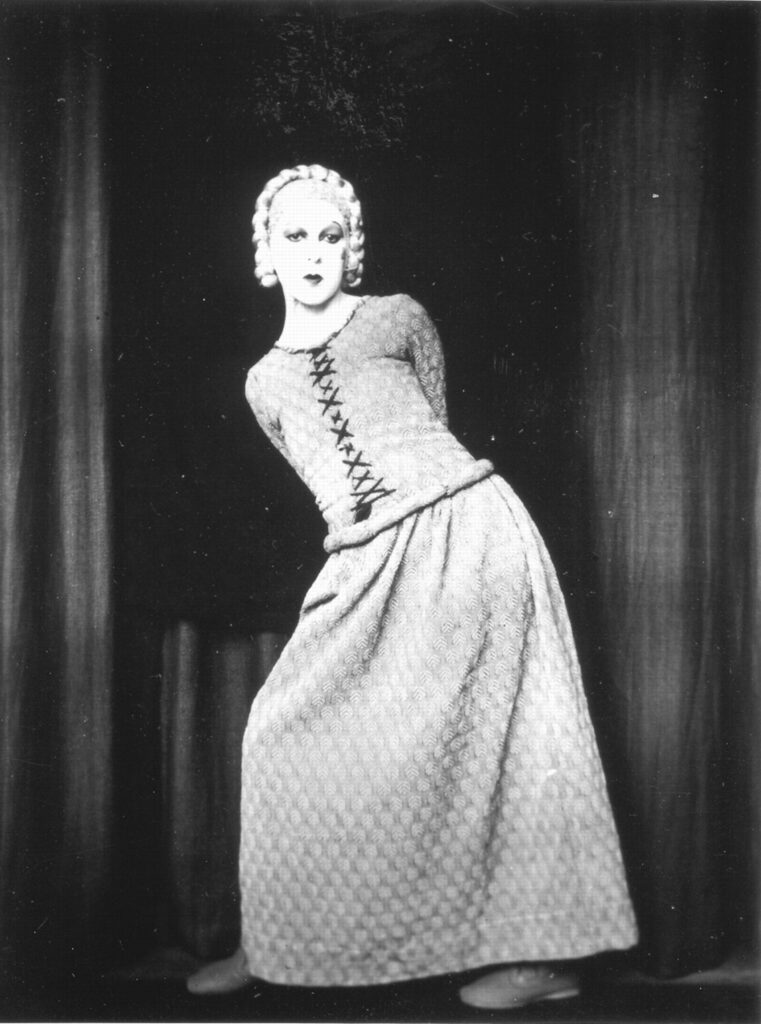
I’ve chosen Claude Cahun as one of my inspirations because she explores the themes of identity and femininity + masculinity very well, I also enjoy her style and abstract ideas, as well as the way she has challenged gender stereotypes and her identity.
I like how Cahun has used various outfits that play around with gender and identity as well as the use of masks in one of her photographs which I think relates back to a quote she had said;
“Under this mask, another mask; I will never finish removing all these faces.”
(Claude Cahun, Disavowals, London 2007, p.183)
I believe this quote meant that Cahun had many identities and wouldn’t stick or be fixed to just one of them. It could have also meant that she would never be clear of what her identity really is.
In future photoshoots I would like to use elements that Cahun has used herself to inspire me and my work, I would like to incorporate her bold style such as her poses and the use of makeup.
Tsoku Maela
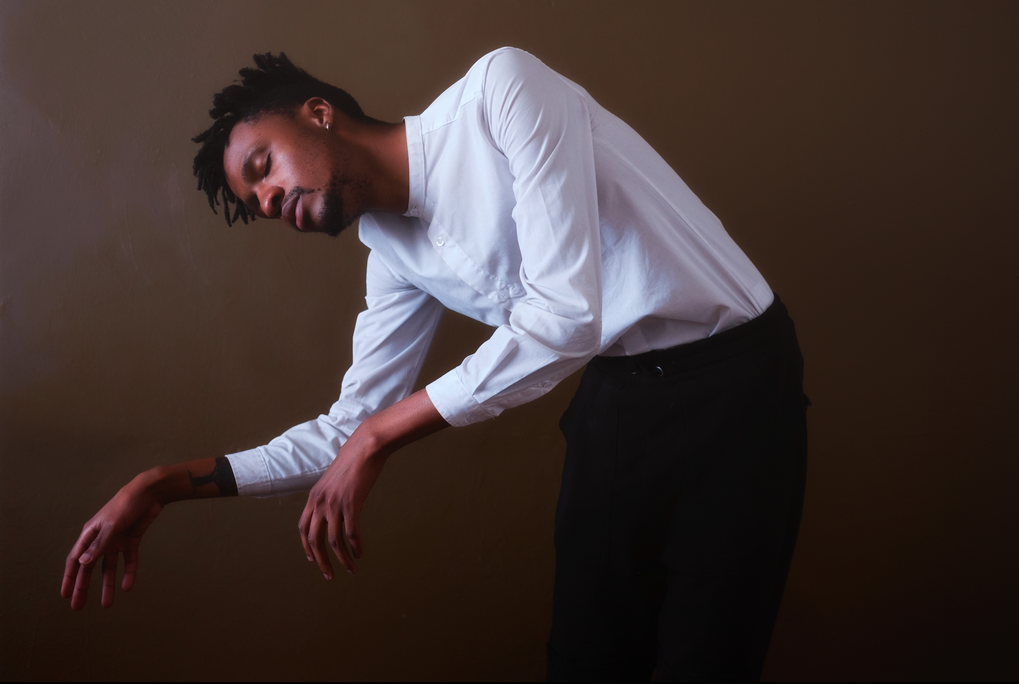
“An archivist of a future African past in the present time”
Tsoku Maela is a South African visual artist, suffering from anxiety and depression, who works predominantly in photography, film and text. His work navigates the human condition through the body, psyche and environment, his work scouts for ways to define human connection through exploring the themes of strength, willpower, life and death which all links to the theme of identity. He had started to take photographs to translate his thoughts and experiences into images, as a means of finding himself after he had experienced a perplexing medical emergency.
Maela had began his journey through capturing surreal, metaphorical self-portraits and using digital manipulation to realise his visions, channelling dreams into tangible realities. He had moved on to street photography then to sophisticated and thoughtful portraits and narrative series.
His is widely known for his “Abstract Peaces” self-portraiture series which studied and reflected on a subject at different states with their mental illness. In this body of work, he creates images that are meant to demonstrate an artists’ battle with depression.
He also reflects on the violent and destructive doctrines of manhood, Maela aims to open up a dialogue among men and boys about their own belief systems in the construction of contemporary masculinities. He also aims to destigmatize mental illness especially in the black community.
He has a book named “Book of Maskuline” which explores ideas of gender socialisation, particularly with respect to forming behavioural practices in masculinity, by drawing parallels to the biblical story of Jesus and his relationship with God.
He is inspired by many other artists such as Samuel Fosso, David Lynch and Frida Khalo.
Examples of his work:
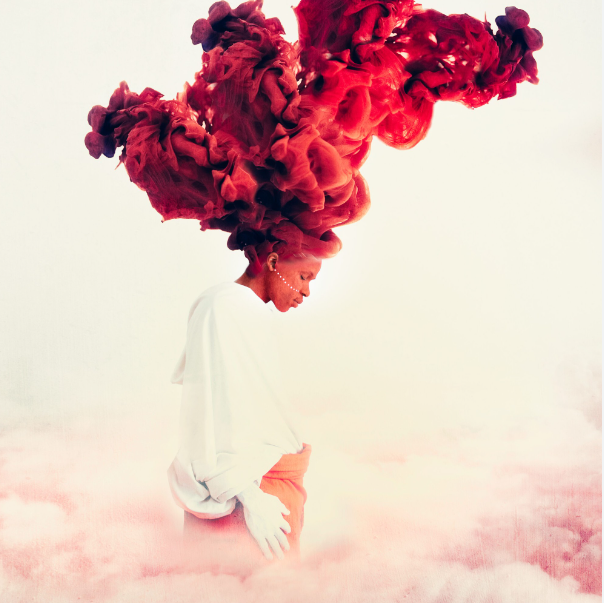
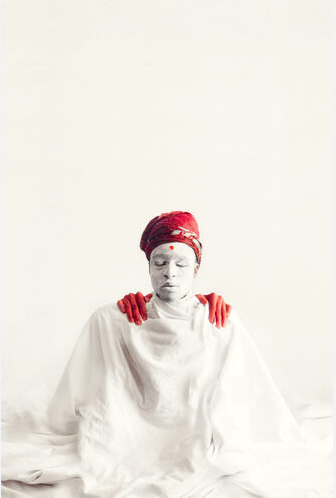
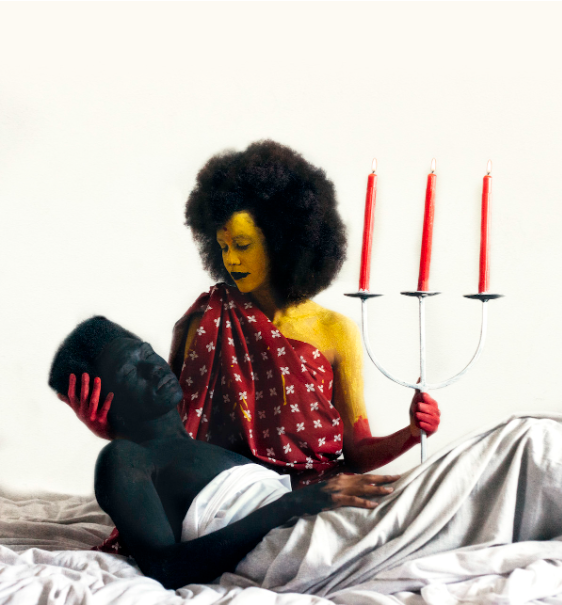
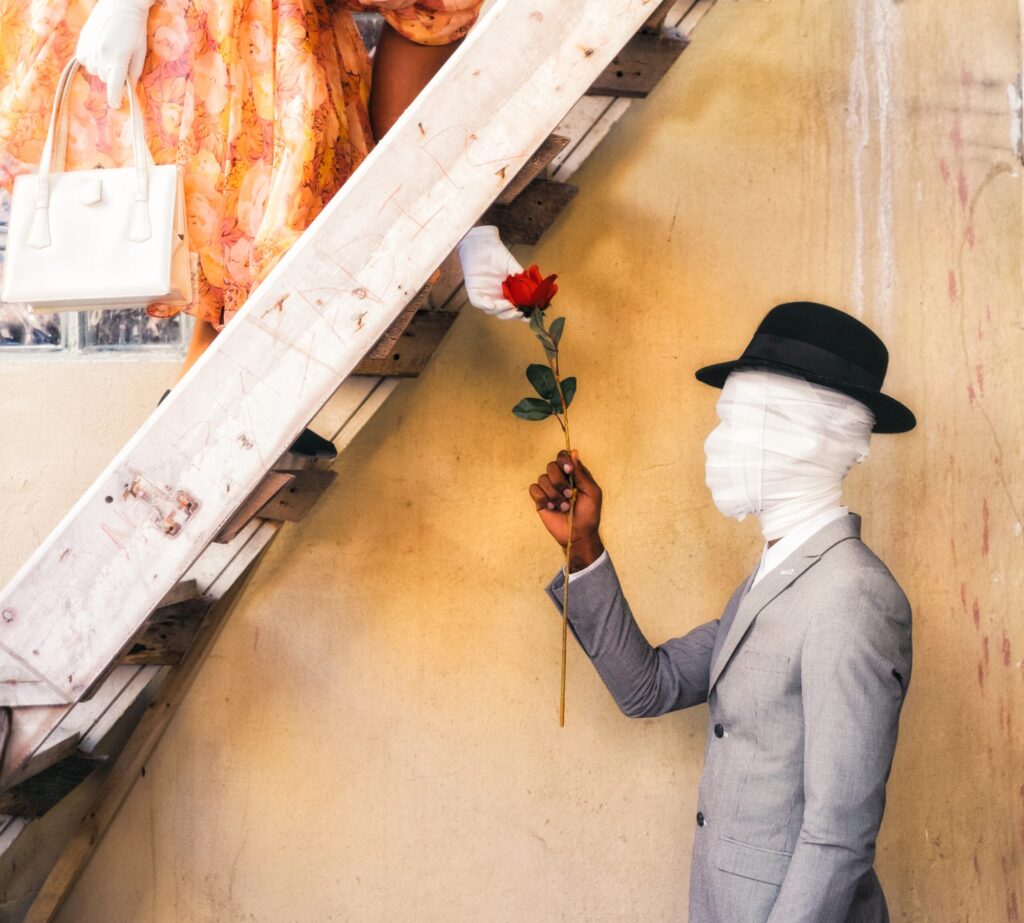
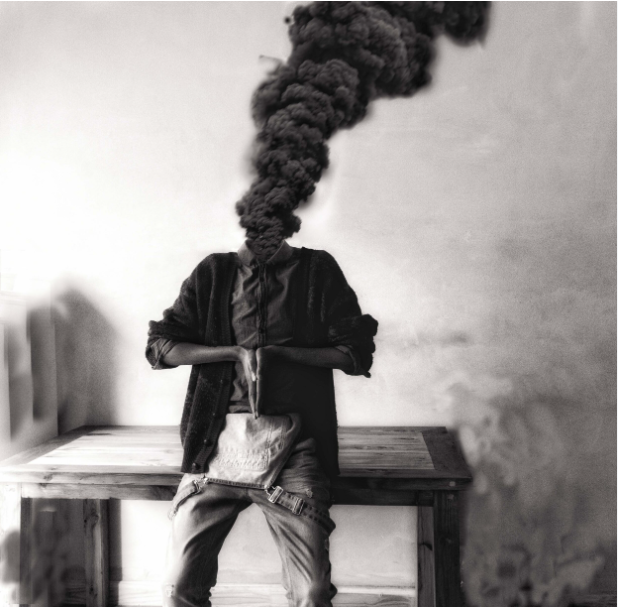


I have chosen to analyse this self portrait of Maela because I think it ties in with the theme of identity quite well and because it had caught my eye. I think Maela had used natural lighting in the making of this photo and a well balanced white balance.
I think the meaning he had tried to convey in this image is that he or other men aren’t allowed to speak about their feelings regarding their mental health, Maela may have felt as if he was unable to speak up and be able to be free, I believe he had added the tree with roses to symbolize freedom.
I like how Maela has used red and white because it creates a nice contrast and it complements his skin tone and the background which I find makes it more interesting.
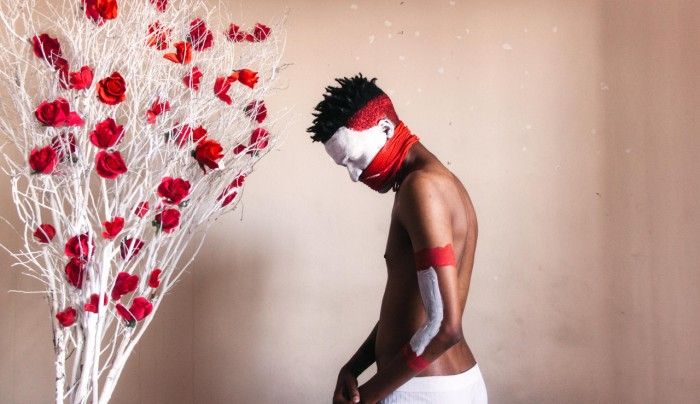
Many of his photographs are self portraits, Maela is either seen engaging with a prop, such as a rose or paintbrush, or is digitally altered in some way in hopes of more accurately catching the essence of what it’s like to live with depression.
I have chosen Tsoku Maela as my second inspirational photographer because I also enjoy his style. I like how he has explored identity as well as mental health. I am inspired by the use of bright and bold colours in the majority of his work because I believe colour can reveal meaning and story behind some photos, it could symbolise or represent things or even just brighten and image and make it more interesting, however I also like the use of monochrome to create a more dramatic or old affect.
The way Maela uses his own traditional cultural clothing to show his identity inspires me a lot as it explores the theme of identity and his own cultural background.
I like the use of dramatic poses and blank expressions that use uses within his work. I would like to incorporate elements of this in my own work to show where I have gained by inspiration from for my photoshoots.
Comparison
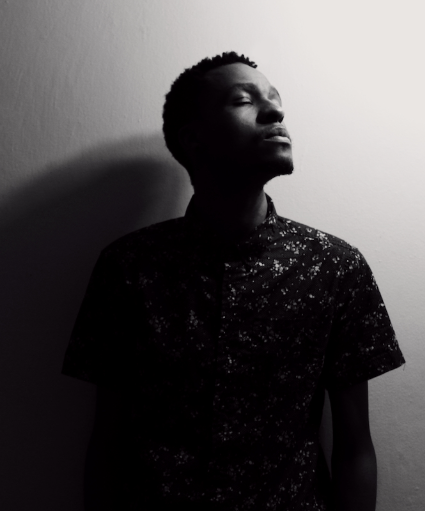

Both Maela and Cahun explore the theme of identity, however they explore it in different ways. Maela focuses more on Masculinity, mental health and religion, while Cahun focused on challenging traditional ideas of gender, sexuality, and identity.
Both photographers use drama whether it’s through make up, bright colours or poses. I think this adds more to the theme of identity because it could be how they present themselves in person and it also adds more meaning to the images to maybe show how dramatic or serious identity is to them personally and maybe to others that they are representing, Cahun may have represented the genderfluid community.
Cahun refused to conform to gender norms, adopting a masculine appearance and using gender-neutral pronouns to assert her identity, while Maela is tries to catch the essence of what it is like to live with depression as well as reflect on the violent and destructive doctrines of manhood and masculinity.
Both of these photographers have an abstract style, their work challenges the norms by using bright colours and outfits. They use themselves to convey the meaning of their work and beliefs.
